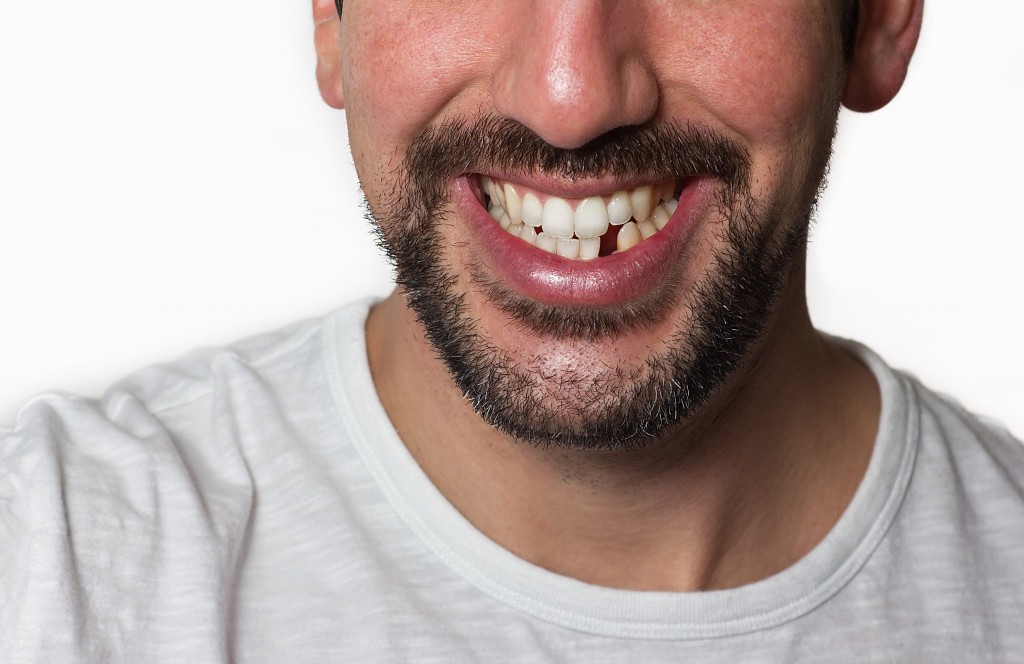- Approximately 70% of adults in the UK have experienced a knocked-out tooth, with 5 million teeth being knocked out yearly in the US.
- A knocked-out tooth must be kept moist and handled carefully to ensure successful reattachment.
- Prompt action and visiting the dentist are vital for reattaching the tooth, and possible splinting, endodontic therapy, or bone grafting may be necessary.
- Practicing proper oral hygiene helps support successful recovery from a knocked-out tooth.
It is common for people to suffer a knocked-out tooth, as it is one of the most common dental injuries. Studies conducted by the American Association of Endodontists estimate that 5 million teeth are knocked out each year in the US alone. Most of these cases involve children under 14 years old, accounting for around 40%. As for adults, their teeth are more likely to be damaged due to oral diseases and infections rather than physical trauma.
Furthermore, statistics show that individuals between 15 and 24 are particularly prone to having a knocked-out tooth, with an estimated 1 in 10 falling victim to this dental injury, according to data from the American Dental Association (ADA).
However, you must learn to ensure your knocked-out tooth can be saved. To this end, it is essential to act quickly and carefully to increase the chances of successful recovery. Here are a few steps to take.
Keeping the Tooth Healthy
It is possible to reattach a knocked-out tooth due to advances in dental technology and treatments. With prompt action, a knocked-out tooth can be successfully reattached if handled and placed back into the socket within an hour of being knocked out. The chances of successful reattachment are higher when the root is still intact, and there is minimal damage to the surrounding tissue.
For a knocked-out tooth to be successfully reattached, specific measures must be taken to ensure that the tooth remains healthy. First, it is essential to keep the tooth moist after it has been removed from the mouth by either storing it in milk or placing it back in its socket if possible. This helps preserve the cells that keep the tooth alive, which increases the likelihood of successful reattachment. Additionally, care should be taken when handling a knocked-out tooth so that no additional damage occurs.
Going to the Dentist Immediately

When recovering from your knocked-out tooth, visiting the dentist will be priority number one. If you are fast enough, your chances of getting it reattached will be high. Here are a few options dentists have when helping you recover from the injury.
Splinting
When reattaching a knocked-out tooth, the dentist must remove any remaining debris in the socket and check for damage to the surrounding bone and gum tissue. If the tooth’s root is still intact, the dentist will carefully use dental tools to reposition it into its original place. Then, they will secure it with special resins or adhesives that bond to the enamel and keep it in its correct position. This type of procedure is known as splinting.
Endodontic Therapy
In cases where splinting is not possible, such as when fragments of roots remain after a tooth has been knocked out, a dentist may recommend more advanced procedures such as endodontic therapy. Endodontics involves removing any damaged root material before filling the space with artificial material using special techniques like root canal treatments or crowns. These treatments can help preserve natural teeth structure, prevent pain and discomfort, and improve oral health.
Bone Grafting
In some cases, dentists may recommend bone grafting to repair any damage to the jawbone caused by the trauma of a knocked-out tooth. Bone grafting involves taking tissue from another body area and reshaping it into a new structure, which is then placed in the affected area to replace lost bone or gum. This procedure helps strengthen and stabilize weakened areas before reattaching the knocked-out tooth.
Implant Procedures
Unfortunately, even with your dentist’s best efforts, the tooth might no longer be viable for reattachment. If that is the case, then dental implant procedures may be recommended. This procedure involves replacing the knocked-out tooth with an artificial one made from titanium and completing it with a crown or bridge to restore functionality and aesthetics.
Practicing Proper Dental Hygiene

Reattaching your tooth or getting dental implants will only be successful if you practice proper dental hygiene. Good dental hygiene includes brushing twice daily, flossing once daily, and visiting the dentist regularly for checkups and cleaning. Doing so will help ensure that your teeth remain healthy and strong even after recovering from a knocked-out tooth. Additionally, eating nutritious foods and avoiding sugary or acidic drinks can go a long way in keeping your oral health in optimal condition.
Key Takeaway
Taking these steps seriously will increase the chances of having a successful recovery from a knocked-out tooth. If you have had this injury, please consult your dentist immediately to figure out the best course of treatment for preserving your natural smile!




